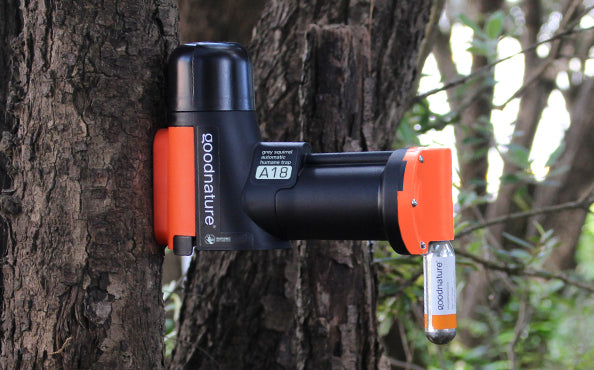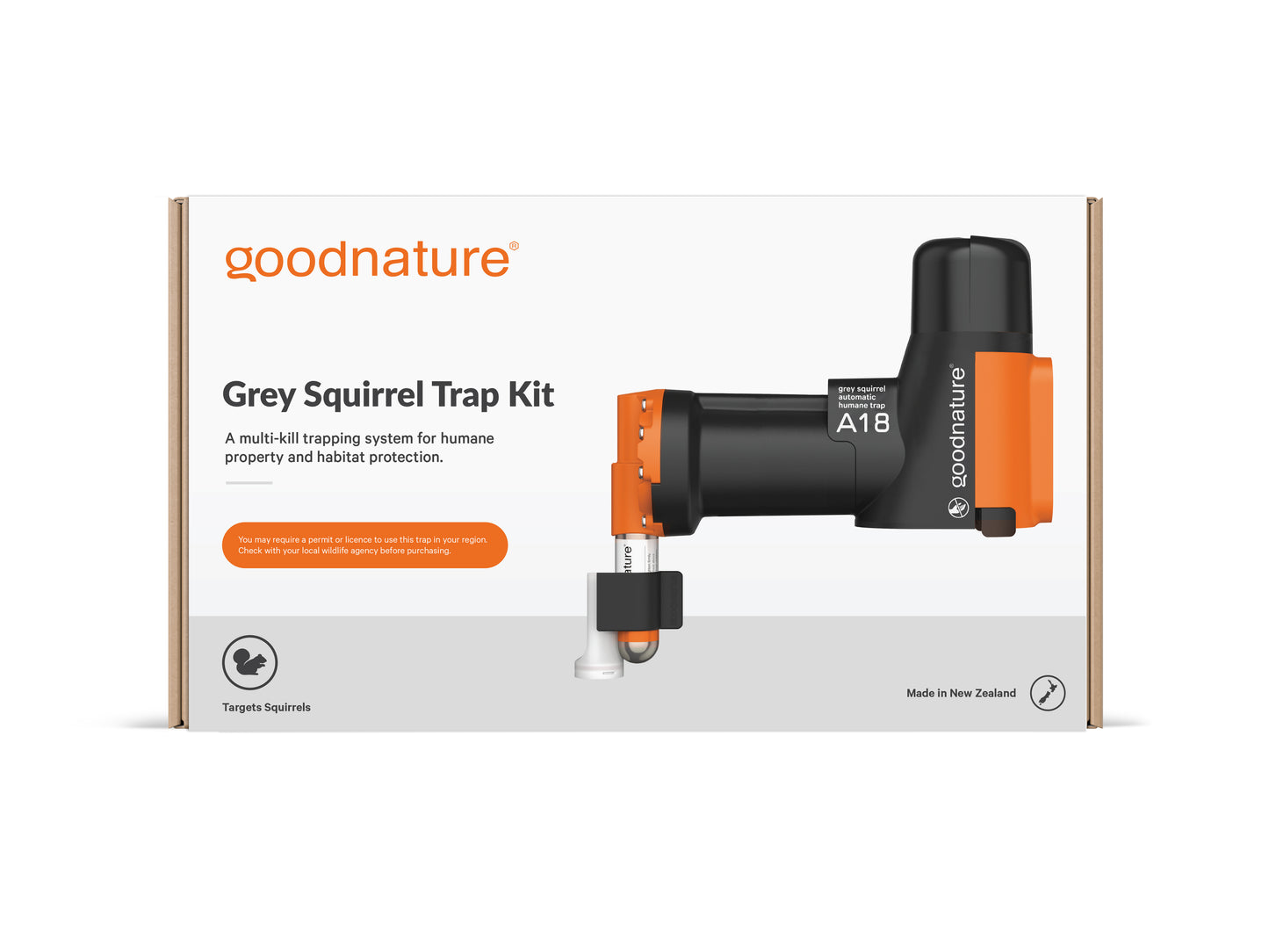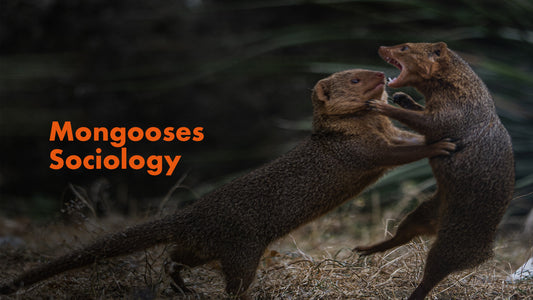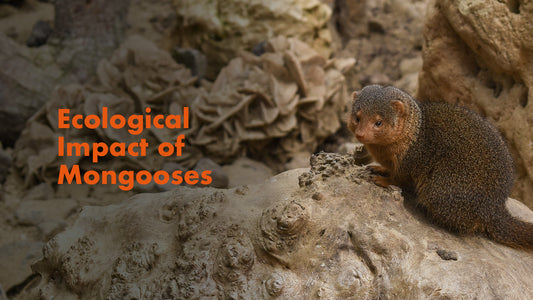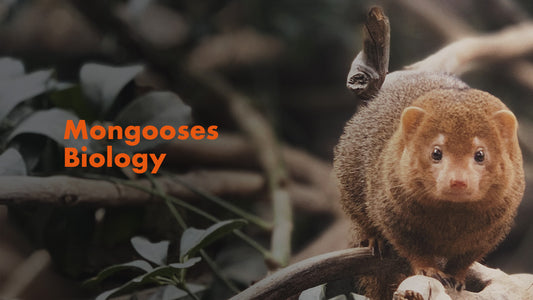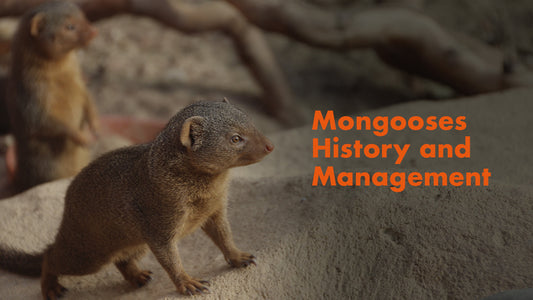The introduction of mongooses to the United States has created an ecological quagmire of sorts, replete with both intended and unintended consequences. These animals, originally hailing from Africa and Asia, were brought over in the 19th century to control burgeoning rat populations, but their story in the New World took a rather unexpected twist.
Mongooses, with their sleek fur and sharp, elongated snouts, seemed like the perfect pest control agents. However, their ecological impact in the States has been nothing short of a biodiversity rollercoaster. Here's a closer look:
-
Predator Turned Pests:
Mongooses, with their insatiable appetite for small mammals and bird eggs, were expected to be nature's pest control squad. Instead, they turned their attention to native wildlife, becoming predators of endangered species like ground-nesting birds and reptiles.
-
Disrupted Ecosystems:
These voracious invaders disrupted carefully balanced ecosystems. By targeting native species, mongooses can lead to population declines and even extinctions, setting off a domino effect of ecological consequences.
-
Altered Animal Behavior:
The presence of mongooses has forced native species to adapt or face peril. Many birds have had to change their nesting habits, seeking refuge in trees or rocky crevices to avoid these cunning hunters.
-
Agricultural Impact:
Beyond their effect on wildlife, mongooses have been known to wreak havoc on agricultural crops. This can lead to economic losses for farmers and increased pesticide use, further harming the environment.
-
Vector of Disease:
Mongooses are not just culinary experts; they also serve as hosts for diseases like rabies and parasites. This poses health risks to other wildlife and even domestic animals, amplifying the ecological impact.
-
Costly Eradication Efforts:
Attempting to control mongoose populations has proven to be an expensive and challenging endeavor. Eradication programs often require significant resources, making it a continual strain on conservation budgets.
If you possess specialized knowledge or profound insights that you're currently applying or believe will benefit others, we encourage you to share your expertise with us.
Your valuable wisdom can greatly enrich our community and empower fellow trappers!
Now that you know your target, meet our top mongoose killer!

Automatic Trap Company
A18 Squirrel Trap Kit With Digital Strike Counter
Share


